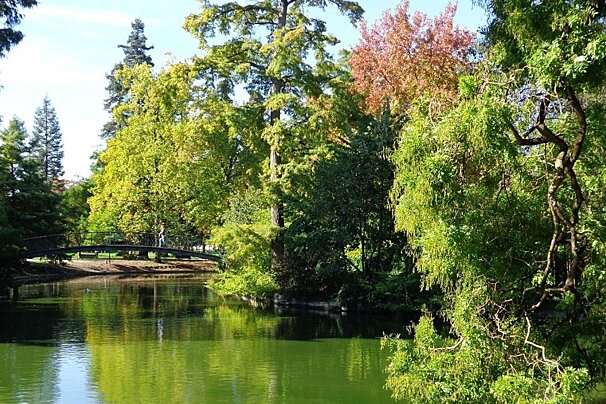
Public Garden
The public garden in the city of Bordeaux houses an arboretum, a library and a Natural History Museum.

© La Grange de la Dupuise

© La Grange de la Dupuise
B&B with outdoor swimming pool
Located north of Bordeaux, deep in the French countryside, this hotel brings charm, space and conviviality in a unique setting.
Discover spacious and renovated rooms, beautifully decorated and furnished with a door leading out to the garden.

The public garden in the city of Bordeaux houses an arboretum, a library and a Natural History Museum.

As it passes through the oldest parts of Bordeaux, making the most of the landscape, the train takes you past the most famous places and monuments of the city.

Come and experience the ancient art of thousands of years... archery!

After discovering the city of Saint Emilion this train tour takes you out into the countryside and surrounding vineyards to discover more about the history and culture of wine in this region.

You will be able to hire and learn how to drive a jet ski, with the assistance of qualified instructors, you can be on the water within 15 minutes.

With over 1000 animals to meet, from around 75 different species, from the very smallest, all the way up to the largest breeding camels in France.

This elegant and sophisticated two Michelin star restaurant offers creative dishes designed by chef Cédric Béchade, who plays with colours and textures in his cuisine.
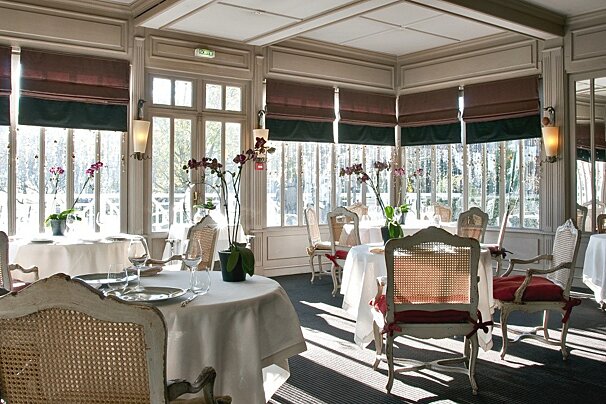
Chef Nicolas Masse offers in this restaurant a combination of traditional French cuisine, made with fresh seasonal ingredients from the southwest sourced from local producers, with unusual influences from all around the world. His creations can be paired with a large selection of wines, by the counsel of head sommelier Aurélien Farouil.

Situated in the luxurious surroundings of Le Grand Hotel de Bordeaux, this restaurant offers diners an elegant yet intimate restaurant styled in a palette of mauve and orange with a handcrafted marquetry floor.

Situated in a gorgeous white stone townhouse built in the classical style of the late 19th century, this restaurant is part of the joint project of Bernard Magrez, owner of various wineries in the Bordeaux area, and Pierre Gagnaire.

This restaurant, with a an attractive modern decor, serves traditional French dishes in a chilled and intimate atmosphere perfect for a romantic dinner. It is very well located in the middle of the city centre.

This restaurant serves traditional French dishes made with fresh, seasonal ingredients. The menu is reviewed every two weeks. Their two dining areas can fit up to 80 diners and there is also a terrace.

One of the best places to taste wines from the Bordeaux region. Located on the ground floor of the headquarters of the Conseil Interprofessionel du Vin de Bordeaux, the bar's team is very knowledgeable and passionate. They give tasting advice, extensive information on the grapes and suggestions for matching food and wine.

Centrally located, this bar offers a large selection of wines, especially French but also from other parts of the world. Customers can taste them through a self-service method, and they can be accompanied by regional delicatessen.
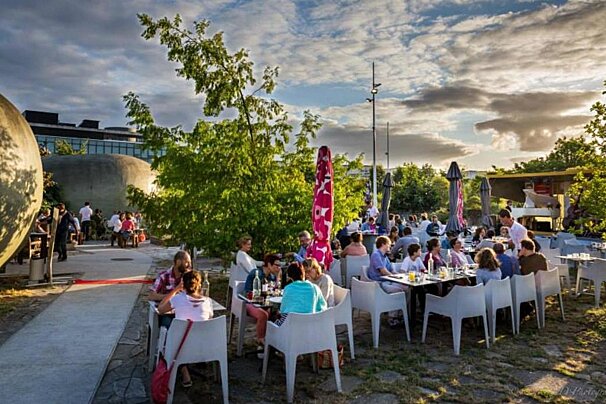
A diverse music programming that showcases some of the best local and national talent in jazz, music of the World, blues and many other expressions.

This bar has an old-fashioned decoration that creates a very warm atmosphere. Their wine list includes many French references, as well as from other parts of the world. They can be enjoyed in their cosy interior or the patio, accompanied by selections of local delicatessen.

The beautiful building of Chateau Deganne was converted in 1904 into a casino. In the early twentieth century Paris and Bordeaux bourgeoisie came to spend the summer in Arcachon. Thus the town had to create distractions - a casino.

Situated at the foot of the historical Porte Cailhau, this bar has a list of more than 100 wines. They are focused on international products as well as some lesser-known wines from Bordeaux.
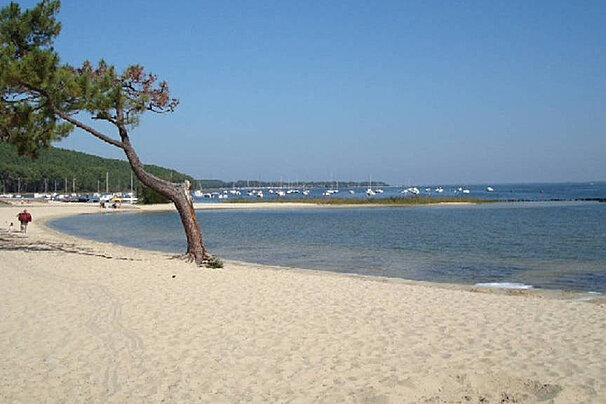
A protected natural reserve with wild marshes, sand dunes and pine forests, this huge body of water is perfect for outdoor activities such as sailing, swimming, water skiing, windsurfing, canoeing, fishing, kite surfing, paddle boarding, or walking and biking along the trails and cycle paths that line the shores of the lake.

Just 12km away from the town of Hourtin, the beach of Hourtin Plage sits on the Atlantic ocean and offers a wide range of watersports for all levels.
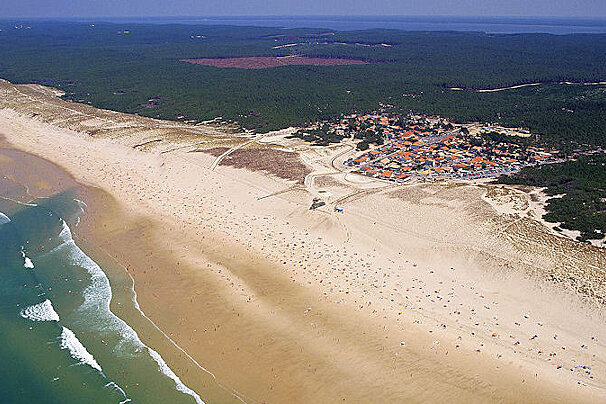
Backed by the small town of Carcans Océan, this white sand beach on the western Atlantic coast is a popular surf spot.
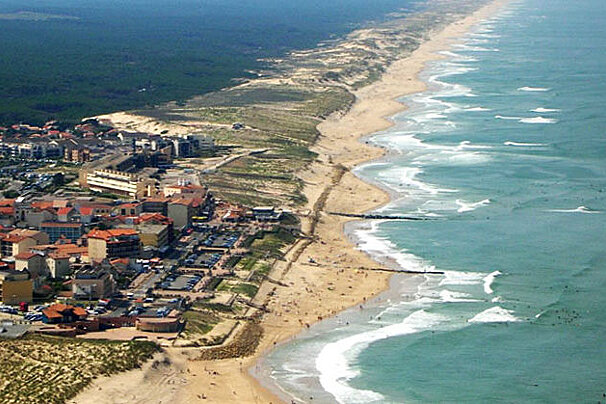
Over time, the wind and ocean currents have gradually created a wall of sand dunes, behind which streams and rivers have allowed the formation of lakes and freshwater ponds.
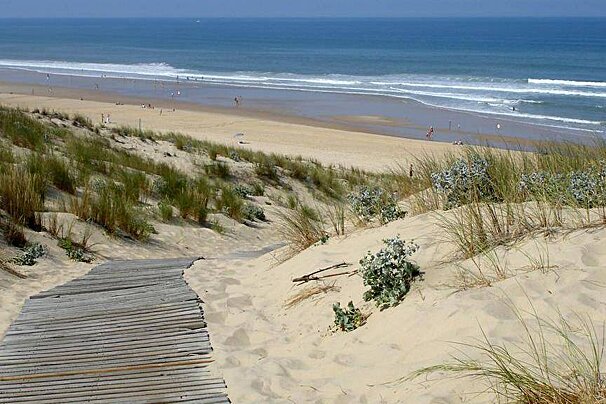
Le Porge beach is also known for its large waves and strong undertow, even if the rescuers are not far away, you must remain cautious as you would for many of the ocean beaches.

The beaches extend to 7km of fine-sand beaches along the Atlantic coast; Centre Beach, South Beach and Amelie Beach making up the most popular and closest to the town.
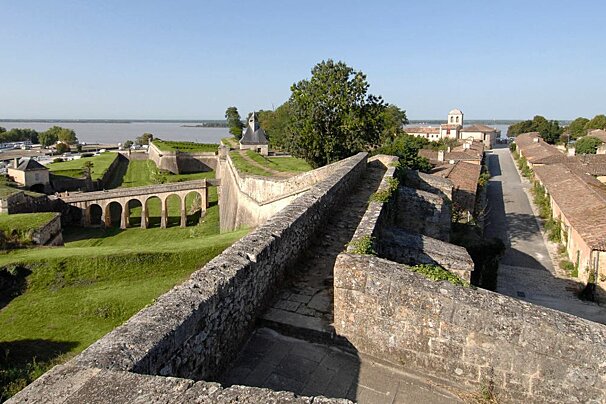
The fortified citadel at Blaye, standing on the opposite bank of the river Gironde to Fort Médoc, forms, along with Fort Paté, the region's 17th-century defence against river attack.
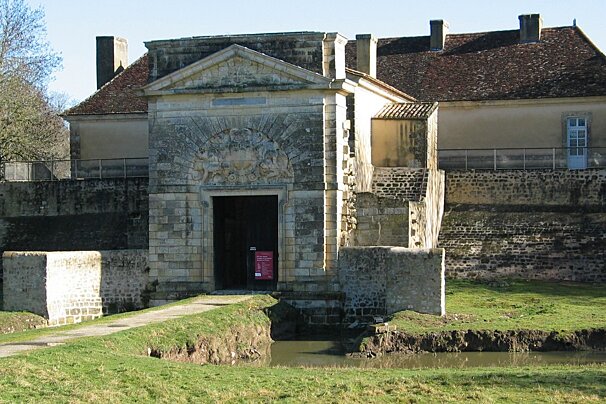
Situated on the left bank of the gironde estuary, opposite the Citadel of Blaye and the Fort Pate, it was built by Vauban in the 17th century. The three buildings together formed a barrier to block the Gironde estuary from attack.
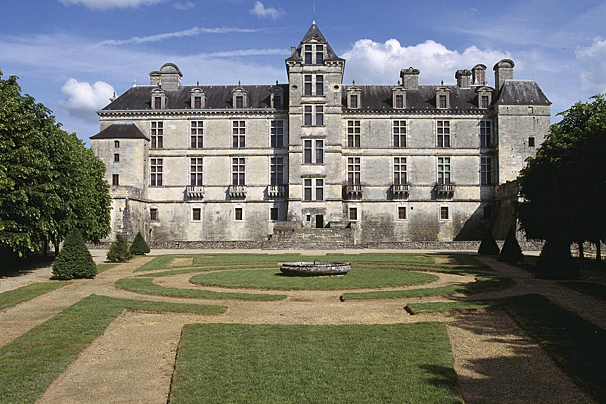
Built for the Duke of Epernon in the 16th century, this lavish château contained over 50 bedrooms!

The building itself was regenerated and built with the materials from a previous church when it became too small!

Owned by Baroness Philippine de Rothschild, this château produces some of the great Médocs.
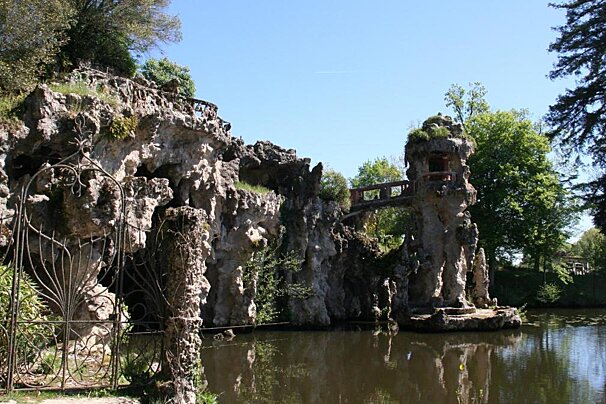
Labelled as a 'Jardin Remarquable' (remarkable garden) by the Ministry of Culture, this park originated in the 19th-century. Situated in rural Blanquefort, a 20 minute drive from the centre of Bordeaux.

The town of Blaye is situated on the right bank of the Gironde estuary. Its major historical feature is its fortified citadel, which along with Fort Médoc and Fort Paté make up a trio of fortresses designed to defend Bordeaux against a river attack.

The small village of Margaux, just north of Bordeaux, is most famously associated with the wine châteaux which produce the excellent Margaux appellation Médoc wines.
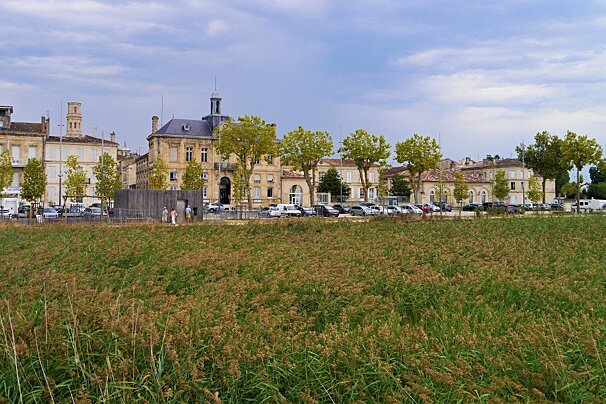
The vineyards around this town produce some of the best wines in Bordeaux. Located on the Gironde estuary, Pauillac itself has grown up as a port town.
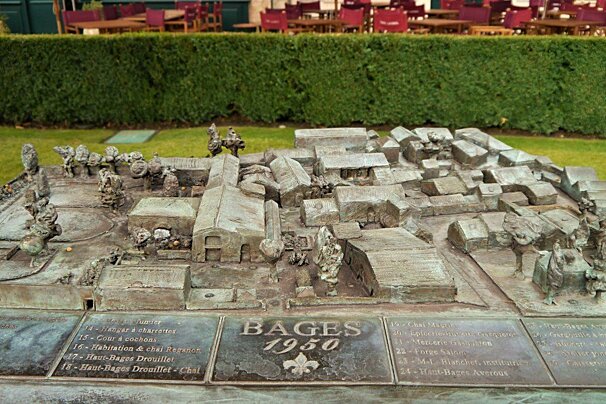
An entire village that had been abandoned by the middle of the 20th century, was beautifully restored in 2003.
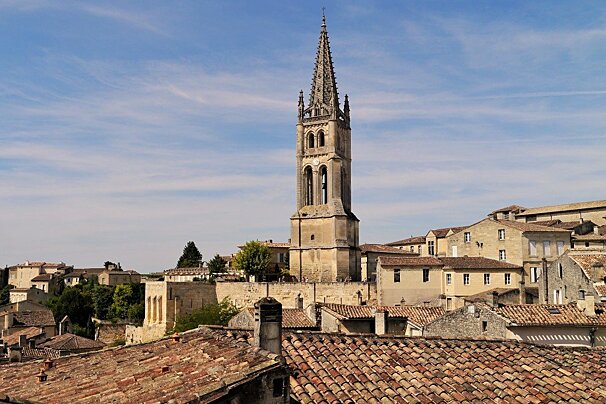
Vineyards were planted around this old town in Roman times and whilst most people associate the name with the wine, the town itself is worth a visit for its ramparted old centre with interesting Romanesque churches and an incredible underground monolithic church.
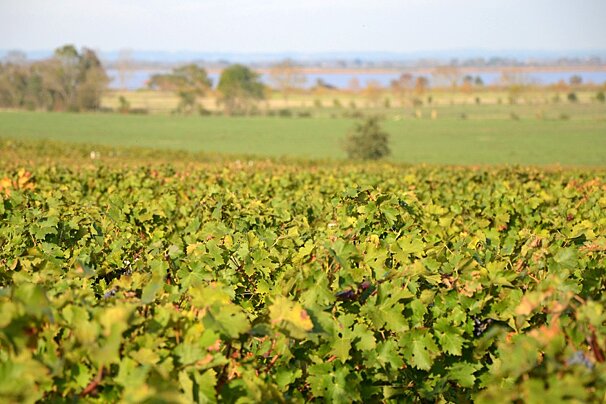
Huge amounts of the region are covered in vines, growing the grapes which produce some of Bordeaux's finest wines. across around 1,500 vineyards.